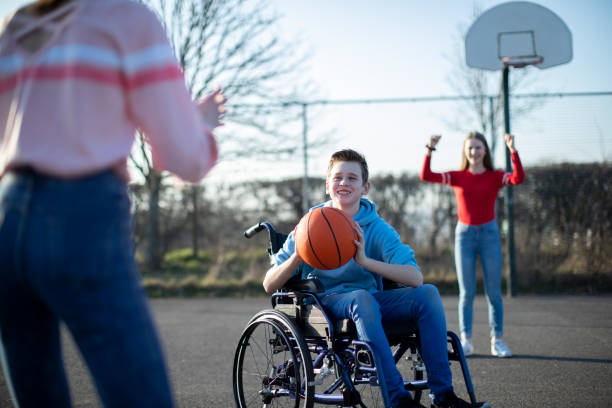Choosing Playground Equipment for Safe, Fun Play
Playground equipment sets the scene for active, imaginative play and helps children develop physically and socially. When selecting equipment, safety, age-appropriateness, and accessibility should guide choices. Thoughtful layout, durable materials, and maintenance plans create spaces where children can explore swings, slides, and climbing structures with confidence and joy.

playground equipment: what to consider
Choosing playground equipment starts with a clear list of priorities: age ranges of users, available space, surface safety, and maintenance capacity. Durable materials like powder-coated steel, rot-resistant lumber, and UV-stable plastics balance longevity and safety. Consider sight lines for supervision and groupings of equipment that encourage parallel play and social interaction. Compliance with local regulations and standards (such as ASTM or EN standards where applicable) is important to ensure design and spacing meet safety requirements.
Beyond hardware, think about accessibility and inclusivity. Integrating ramps, transfer stations, sensory panels, and ground-level play elements allows children of varying abilities to participate. Also plan for shade, seating for caregivers, and pathways connecting to local services or amenities. A well-considered equipment plan reduces long-term repair costs and increases the play area’s value to the community.
swings: safety and selection
Swings are among the most popular pieces of playground equipment but require careful planning. Choose swing seats appropriate to age and ability—bucket seats for toddlers, flat or belt seats for older children, and adaptive options for children with mobility needs. Use impact-absorbing surfacing, maintain proper spacing between swings, and ensure swing hangers and chains are inspected regularly for wear or corrosion.
Placement matters: swings should be set away from other active zones like slides or climbing structures to prevent collisions. Consider adding performance-grade rubber or engineered wood fiber under the swing bay to cushion falls. Regular inspections and timely replacement of worn seats, chains, and connectors keep swings safe and enjoyable for children over their lifecycle.
slides: choosing the right type
Slides come in many forms—straight, spiral, enclosed tunnels, and wave styles—and each suits different age groups and settings. For toddlers, low-height, gently sloped slides with wide landings are safest. Older children can use higher slides with appropriate guardrails, transition plates, and safe exit zones. Material choice affects heat retention; molded plastics are cooler in hot climates compared with metal slides.
When designing slide placement, ensure a clear, unobstructed run-out zone with adequate surfacing. Slides that start from platforms should have protective barriers to prevent accidental falls. Consider integrating slides into multi-feature structures to encourage climbing and imaginative play, but maintain separate impact zones to avoid traffic conflicts among children.
climbing structures: design tips
Climbing structures are excellent for building strength, coordination, and risk assessment in children, but design must match developmental levels. Lower, bouldering-style elements are great for toddlers and preschoolers, while rope nets, rock walls, and tower systems suit older children seeking a physical challenge. Always include handholds, guardrails, and graduated difficulty so children can progress safely.
Surface under climbing areas should meet fall-height requirements and be free of trip hazards. Variety encourages longer play—mix vertical climbs, horizontal ladders, and low-level traverse features to accommodate different abilities. Regularly inspect connectors, ropes, and anchors for wear, and plan preventative maintenance to extend the usable life of climbing structures for children.
children: developmental benefits and accessibility
Playground equipment supports gross motor development, social skills, and imaginative play. Swings help with balance and vestibular development, slides provide spatial awareness and confidence, and climbing structures develop strength and problem-solving. Diverse equipment invites cooperative play, negotiation, and role-playing, which are crucial for social and emotional growth in children.
Prioritize inclusive design so children of all abilities can engage. Ground-level sensory components, wide ramps, quiet zones, and visual contrast on steps and edges enhance usability. Consider schedules for maintenance and cleaning to keep surfaces hygienic. Partnering with local services for periodic inspections and community feedback ensures the playground remains responsive to the needs of families and children in your area.
Conclusion
Selecting playground equipment requires balancing safety, developmental needs, durability, and inclusivity. Thoughtful choices around swings, slides, and climbing structures—paired with proper surfacing, supervision planning, and maintenance—create play spaces that encourage exploration, physical activity, and social connection among children.






